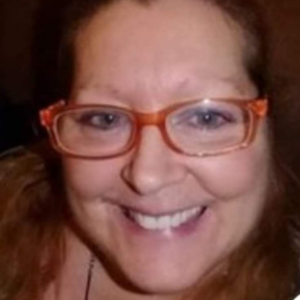There are several ways to make soap. There’s melt & pour which is basically for beginners as it does not require the use of sodium hydroxide (lye). In this method you buy a glycerin soap base from a site such as Brambleberry. Then all you do is chop up the soap base unto small chunks put into a measuring cup and melt in the microwave in 30 second bursts. You can then add some colorant and a fragrance and pour into silicone molds. This soap as soon as it hardens can be used right away. Its the only one out of all the methods that can.
PART ONE.
COLD PROCESS.
Then there’s cold process where you’ve researched your oils and/or butters and have decided what qualities you want in your soap. You then put it through a soap calculator (soapcalc is most popular) and it will take your recipe and convert it into ounces or grams for each oil/butter you need to use. It will also tell you how much lye to use with how much liquid. When you use lye, you ALWAYS pour the lye into the liquid and NOT the liquid into the lye. But before you even get to that point, you must put on your protective gear. That is long sleeves, closed toe shoes, gloves and goggles. Make sure when mixing the lye and liquid that you do it in a well ventilated room. You do not want to breath in the lye fumes. When your melted butters and oils reach a temperature of about 10 degrees from one another. There’s a lot of discussion at what temp you should soap at. That is where you do a little research and decide on your own what’s best for you. You will then mix the lye solution with your oils/butters and stick blend to (my preference) a medium trace. Trace is when you can lift your stick blender up and the dripping soap will leave a trace on top of the rest. At that point you pour your soap into a prepared mold. That you will need to research as well, as there are a lot of different kinds of molds ur things that can be used for molds. Then somewhere between 18-48 hours you unmold your soap & cut it. Now you cannot use this for another 4-8 weeks as it has to cure. Curing is the evaporation of water from your soap making your bar hard & milder. All this work is called saponification. That’s just a long word for saying when the lye solution and oils mix, a chemical reaction occurs making soap. At that point after the cure, there is no lye in the soap.
To be continued “HOT PROCESS SOAPING”

